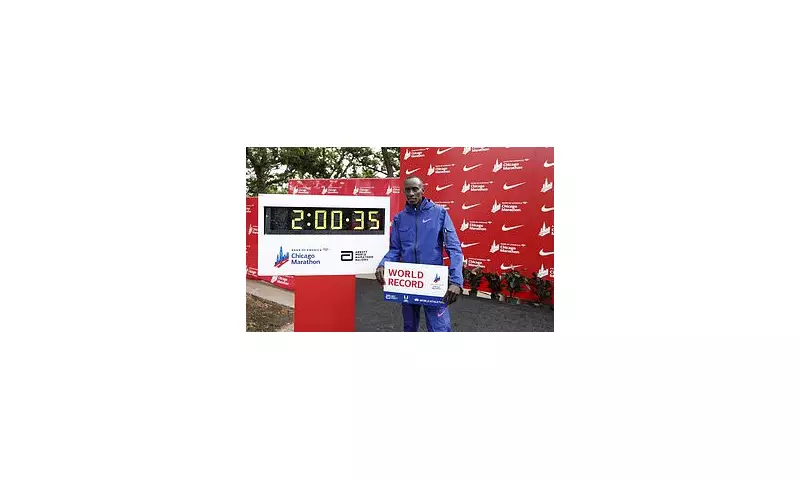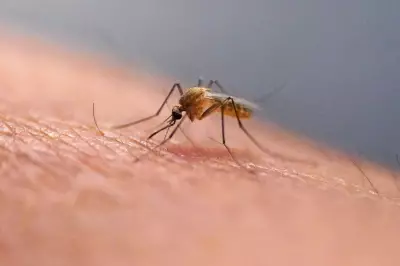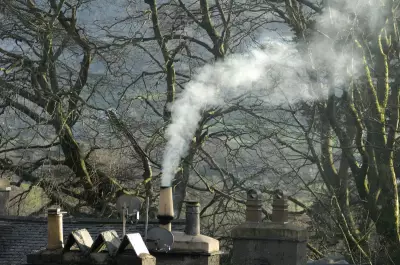
The dream of consistently breaking the legendary two-hour marathon barrier faces an unexpected opponent that no amount of training can overcome: climate change. New scientific analysis reveals that rising global temperatures could permanently prevent future generations of athletes from achieving what was once considered the ultimate milestone in endurance sports.
The Perfect Storm Against Peak Performance
Researchers have identified that marathon running exists within a remarkably narrow "Goldilocks zone" of ideal conditions. The analysis demonstrates that temperatures between 3-9°C provide the sweet spot for elite performance, with anything above creating physiological barriers that even the fittest athletes cannot overcome.
"When we examine the data, it becomes alarmingly clear that we're rapidly approaching a point where optimal marathon conditions will become increasingly rare," explains the lead researcher. "The windows of opportunity are closing faster than most people realise."
Why Heat Beats Even the Fittest Runners
The science behind temperature's impact on marathon performance is both simple and brutal:
- Increased core temperature forces the body to divert blood to the skin for cooling, reducing oxygen delivery to muscles
- Accelerated dehydration occurs as the body sweats more profusely to maintain temperature control
- Glycogen depletion happens faster as the metabolic cost of cooling adds to energy demands
- Neuromuscular fatigue sets in earlier as the central nervous system struggles to maintain output
Historical Evidence Points to a Warming Problem
The research examined marathon performances across different climate conditions, revealing a consistent pattern: as temperatures rise above 9°C, finishing times slow dramatically. This isn't merely theoretical – we're already witnessing major marathons being affected by unseasonably warm weather.
"Looking at marathon results from the past decade shows a disturbing trend," the study notes. "The number of record-breaking performances occurring in cooler conditions significantly outweighs those in warmer weather, and this gap is widening."
What This Means for Future Generations
The implications extend far beyond elite athletics. For amateur runners, parkrun participants, and charity fundraisers, increasingly warm conditions could make marathon completion more challenging and potentially dangerous. Race organisers may need to consider earlier start times, alternative seasons, or even indoor facilities to ensure participant safety.
Perhaps most concerning is the potential loss of human potential. The next Eliud Kipchoge might never discover their talent because the environmental conditions necessary to nurture it simply no longer exist.
Is There Hope on the Horizon?
While the findings appear dire, researchers suggest that adaptation and innovation might provide some solutions:
- Strategic scheduling of major events during cooler months
- Advanced cooling technologies in athletic wear and gear
- Modified training approaches that better prepare athletes for warmer conditions
- Indoor marathon facilities with climate-controlled environments
However, scientists emphasise that these are temporary measures addressing symptoms rather than the root cause. The most effective solution remains comprehensive climate action to preserve the conditions that allow human achievement to flourish.
As one researcher starkly put it: "We're not just racing against the clock anymore – we're racing against a warming planet that doesn't care about finish lines."





